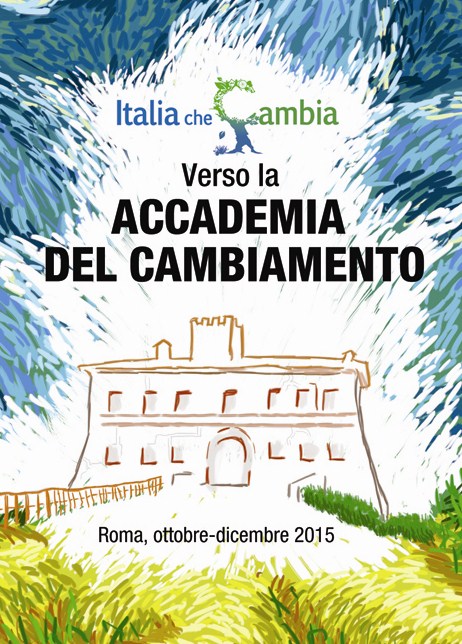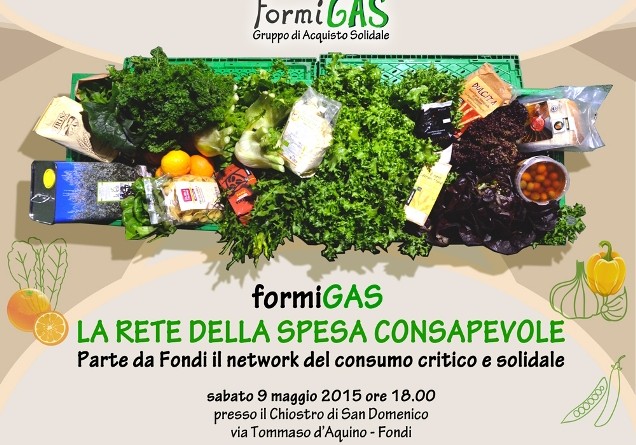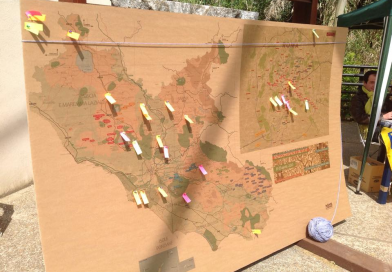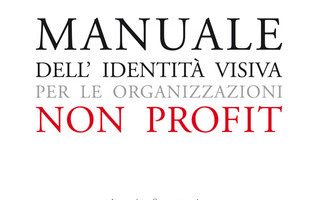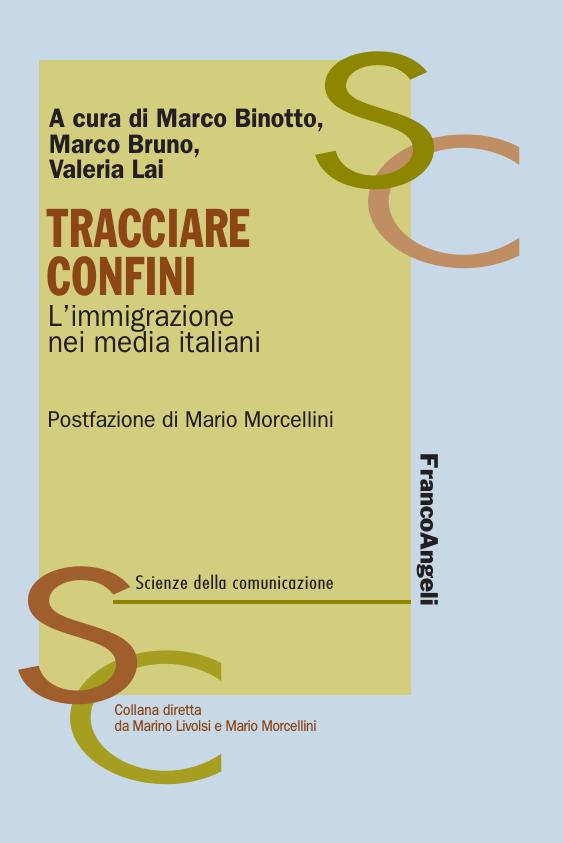Media and identity in everyday ecological consumption. The communication of Solidarity Purchasing Groups (GAS)
Sono intervenuto, con Milena Cassella, all’International Conference “Sociology of Consumption: Bonding Beyond Boundaries” (ESA RN05 Mini Mid Term Meeting) con un intervento dal titolo Media and identity ineveryday ecological consumption.The communication of Solidarity Purchasing Groups (GAS) il 28 agosto 2023 a Bologna.
Abstract
Consumer cultures must more and more engage with environmental and social sustainability. Political consumerism movements have for decades been promoting a set of values, proposals and “narratives” that seek to combine concern for the environment and social justice with profound changes in everyday life and lifestyles (Boström, Micheletti, e Oosterveer 2019). In these terms, the communication of alternative food networks must be able to combine such prefigurative politics with compelling imagery and narratives.
In Italy, the purchase of products made by adopting criteria of sustainability and social responsibility or from organic farming, made through the collective organization of GAS, the Solidarity Purchasing Groups, is a distinctive solution among the many ethical consumption practices implemented in different territories or countries (Graziano e Forno 2012; Grasseni 2013; Guidi e Andretta 2015). It is a solution that requires both a broader change in daily behaviors and consumption habits as well as an ongoing, visible and structured widespread participation (Forno, Grasseni, e Signori 2015; Tavolo RES 2015; 2010). Thus, we focused our attention on this social movement precisely because of its characteristic of dispersion and individualization: its diffusion is fragmented and molecular, but it also requires continuity over time as well as more stable forms of engagement, organization, and cooperation.
The paper presents the main findings of the research. Its objective was to analyze values, imagery and internal and external communication tools of solidarity purchasing groups. The websites, profiles on social network sites and visual identity of more than 400 GAS present in the Italian territory were analyzed. The contribution will focus on content, images and communication style. As we are well aware, symbols are very prominent in the construction of collective identities and social behaviors (Castells 2011; Hunt e Benford 2008; Harold 2007), and the focus on the role of visual production, narratives, and collective imagery has also become increasingly established in the study of contemporary social movements (Jasper 2014; Polletta 2009, Doerr, Mattoni, Teune 2013). In this case study, it was possible to observe the strategic importance of integrating the characteristics of GAS (small groups, usually informal, often active in relations with civic engagement practices present in the territory) with the need to build an appropriate communication (Bertelli et al. 2013): a narrative that can combine the mainly local vocation of the activities with the goal, typical of environmentalist culture, to build replicable experiences, widespread and open to a systemic look.
The history of this phenomenon and the findings outline an effective marriage between the plain narrative of one’s community experience and the difficulty of building organizational networks with more complex imagery and storytelling. The challenge is to realize a communication style suited to the contemporary networked activism characteristic of today’s political consumerism and social movements.
References
Boström, Magnus, Michele Micheletti, and Peter Oosterveer, eds. 2019. The Oxford Handbook of Political Consumerism. Oxford University Press.
Castells, Manuel. 2011. The Power of Identity: The Information Age: Economy, Society, and Culture. MA; Oxford, UK: Blackwell.
Forno, Francesca, Cristina Grasseni, and Silvana Signori. 2015. ‘Italy’s Solidarity Purchase Groups as “Citizenship Labs”’’. In Putting Sustainability into Practice: Applications and Advances in Research on Sustainable Consumption, edited by Emily Huddart Kennedy, Maurie J. Cohen, and Naomi Krogman. Cheltenham, UK: Edward Elgar Publishing.
N. Doerr, A. Mattoni, S. Teune (2013), Advances in the Visual Analysis of Social Movements, Bingley, Emerald Group Publishing Limited.
Grasseni, Cristina. 2013. Beyond Alternative Food Networks: Italy’s Solidarity Purchase Groups. New York: Bloomsbury Academic.
Graziano, Paolo R., and Francesca Forno. 2012. ‘Political Consumerism and New Forms of Political Participation: The Gruppi Di Acquisto Solidale in Italy’. Edited by Dhavan V. Shah, Lewis A. Friedland, Chris Wells, Young Mie Kim, and Hernando Rojas. The ANNALS of the American Academy of Political and Social Science 644 (1): 121–33.
Guidi, Riccardo, and Massimiliano Andretta. 2015. ‘Between Resistance and Resilience. How Do Italian Solidarity Purchase Groups Change in Times of Crisis and Austerity?’ Partecipazione e Conflitto 8 (2): 443–77.
Harold, Christine. 2007. OurSpace. Resisting the Corporate Control of Culture. Minneapolis-London: University of Minnesota Press.
Hunt, Scott, and Robert Benford. 2008. ‘Collective Identity, Solidarity, and Commitment’. In The Blackwell Companion to Social Movements, edited by David A. Snow, Sarah A. Soule, and Hanspeter Kriesi, 433–60. John Wiley & Sons.
Tavolo RES. 2010. Il Capitale Delle Relazioni. Come Creare e Organizzare Gruppi d’acquisto e Altre Reti Di Economia Solidale, in Cinquanta Storie Esemplari. Milano: Altreconomia.———. 2015. Un’economia nuova, dai Gas alla zeta: l’economia solidale e le sue reti: gruppi d’acquisto solidali, distretti di economia solidale, filiere corte, per cambiare il sistema economico con le relazioni e il consumo critico. Milano: Altreconomia.

